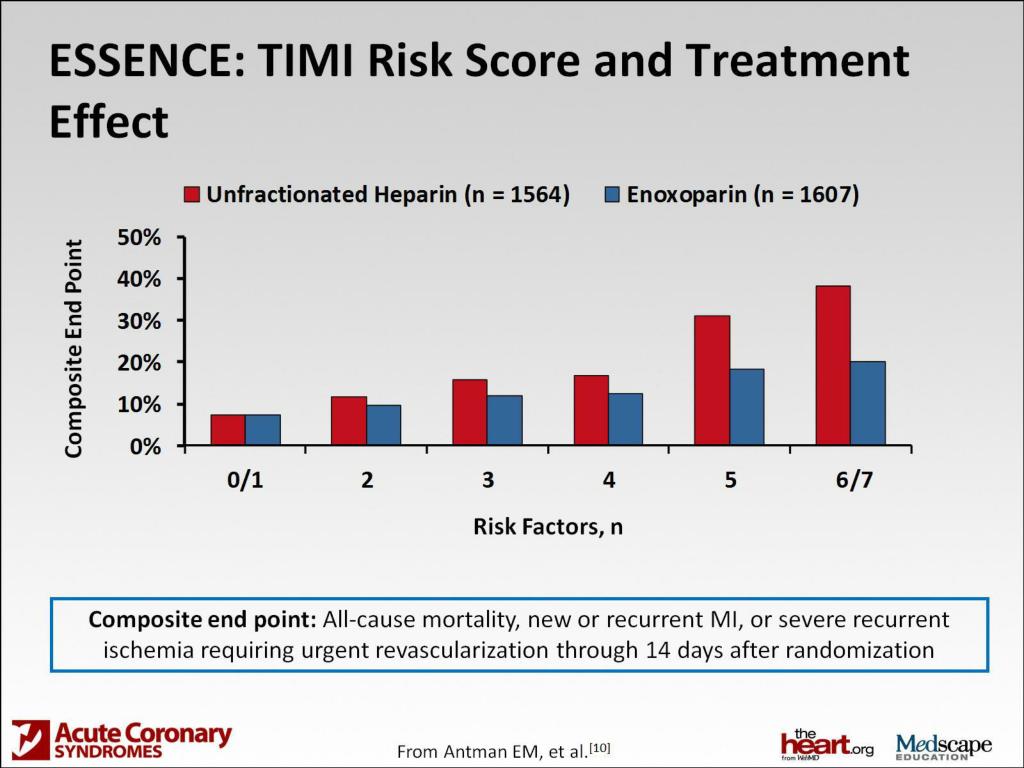
Unstable angina non ST elevation myocardial infarction risk stratification and prognosis in the newsīlogs on Unstable angina non ST elevation myocardial infarction risk stratification and prognosis Unstable angina non ST elevation myocardial infarction risk stratification and prognosis On the WebįDA on Unstable angina non ST elevation myocardial infarction risk stratification and prognosisĬDC onUnstable angina non ST elevation myocardial infarction risk stratification and prognosis ICD implantation within 40 days of myocardial infarction Long-Term Medical Therapy and Secondary Prevention Initial Conservative Versus Initial Invasive StrategiesĬomplications of Bleeding and Transfusion Risk Stratification Before Discharge for Patients With an Ischemia-Guided Strategy of NSTE-ACS Perioperative NSTE-ACS Related to Noncardiac SurgeryĪngiographically Normal Coronary ArteriesĪdditional Management Considerations for Antiplatelet and Anticoagulant Therapy Natural History, Complications and Prognosis TIMI risk can be calculated on the TIMI website under "Clinical Calculators.Differentiating Unstable Angina/Non-ST Elevation Myocardial Infarction from other Disorders 'TIMI risk' estimates mortality following acute coronary syndromes. 1 Pointĥ% risk at 14 days of: all-cause mortality, new or recurrent MI, or severe recurrent ischemia requiring urgent revascularization.Ĩ% risk at 14 days of: all-cause mortality, new or recurrent MI, or severe recurrent ischemia requiring urgent revascularization.ġ3% risk at 14 days of: all-cause mortality, new or recurrent MI, or severe recurrent ischemia requiring urgent revascularization.Ģ0% risk at 14 days of: all-cause mortality, new or recurrent MI, or severe recurrent ischemia requiring urgent revascularization.Ģ6% risk at 14 days of: all-cause mortality, new or recurrent MI, or severe recurrent ischemia requiring urgent revascularization.Ĥ1% risk at 14 days of: all-cause mortality, new or recurrent MI, or severe recurrent ischemia requiring urgent revascularization. % risk at 14 days of: all-cause mortality, new or recurrent MI, or severe recurrent ischemia requiring urgent revascularization. *Risk factors include: family history of CAD, hypertension, hypercholesterolemia, diabetes, or being a current smoker. Severe angina (≥ 2 episodes w/in 24 hrs).Known coronary artery disease (CAD) (stenosis ≥ 50%).

TIMI Score Calculation (1 point for each):

In patients with UA/NSTEMI, the TIMI risk score is a prognostication scheme that categorizes a patient's risk of death and ischemic events and provides a basis for therapeutic decision making. Among the group's most important works is the TIMI Risk Score, which assesses the risk of death and ischemic events in patients with unstable angina (UA) or non-ST elevation myocardial infarction (NSTEMI). Braunwald held the chairmanship until 2010, when he appointed Marc Sabatine to the position. The TIMI Study Group was founded by physician Eugene Braunwald in 1984. The group has its headquarters in Boston, Massachusetts. The Thrombolysis In Myocardial Infarction ( TIMI) Study Group, is an academic research organization (ARO) affiliated with Brigham and Women's Hospital and Harvard Medical School with a focus in the field of cardiovascular disease. For other uses, see Timi (disambiguation). For the IBM technology, see IBM i § TIMI.


 0 kommentar(er)
0 kommentar(er)
